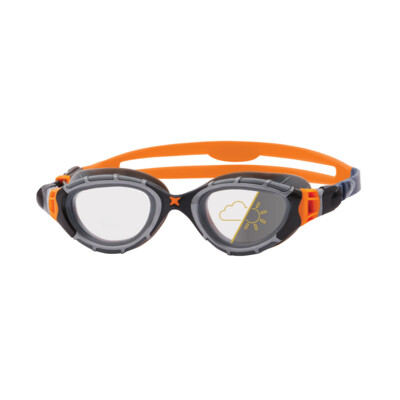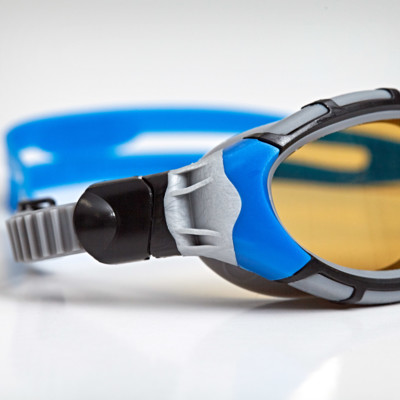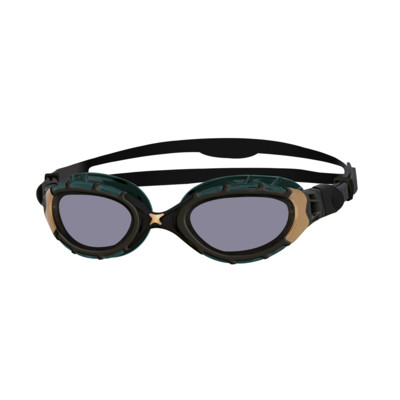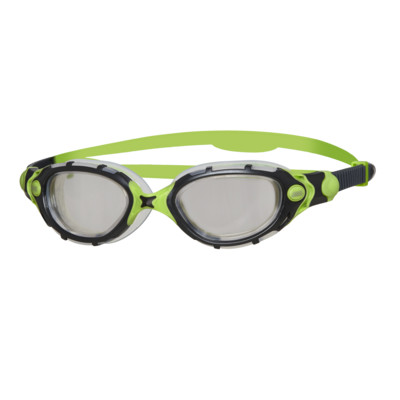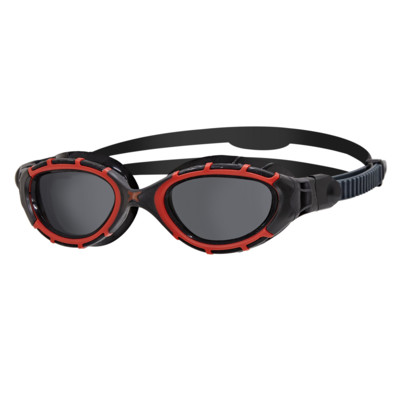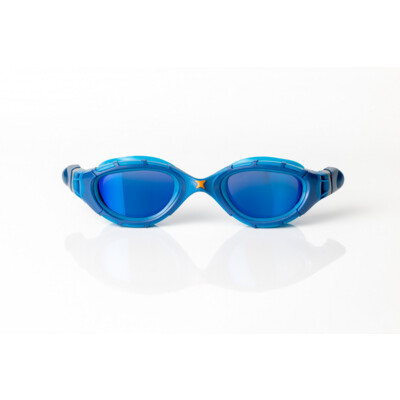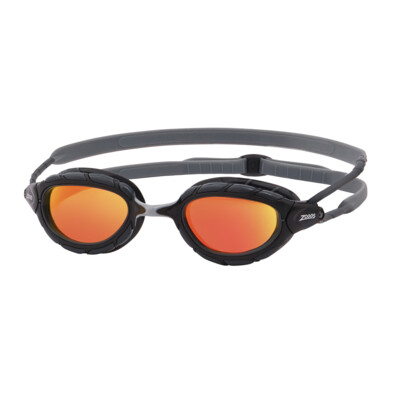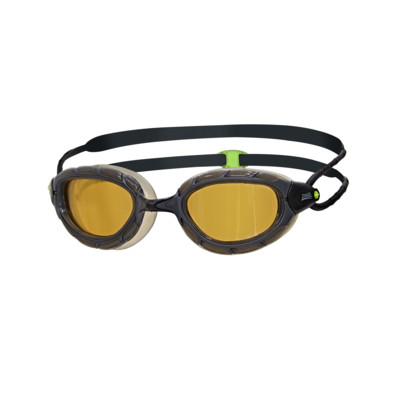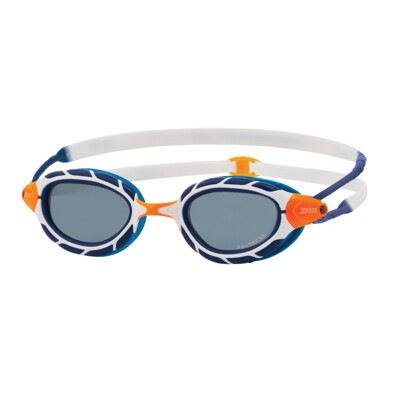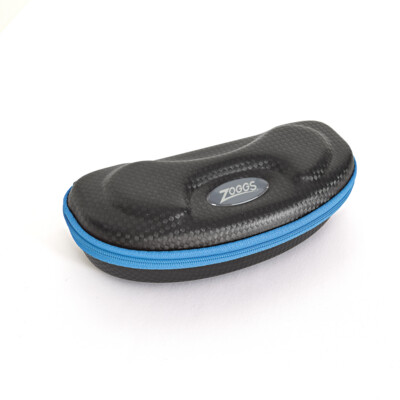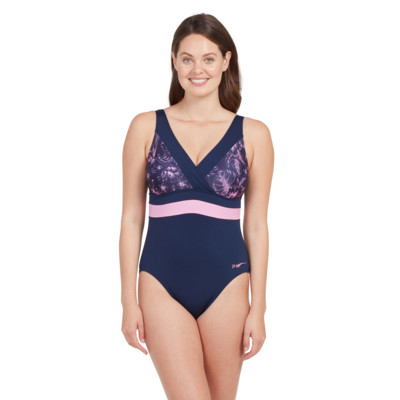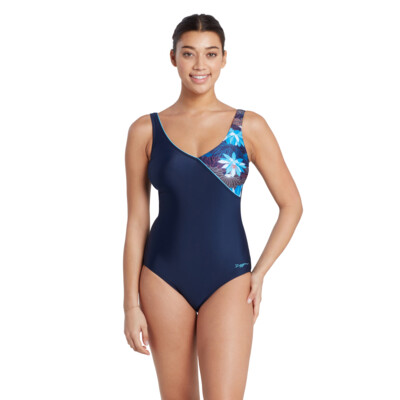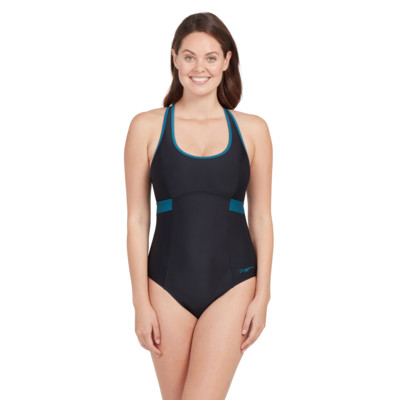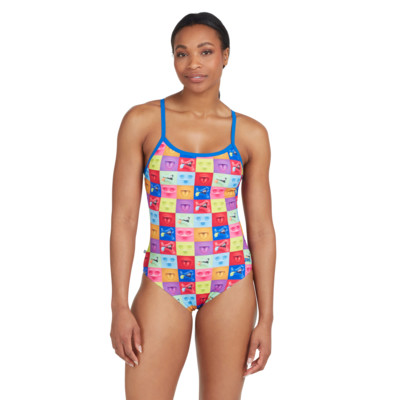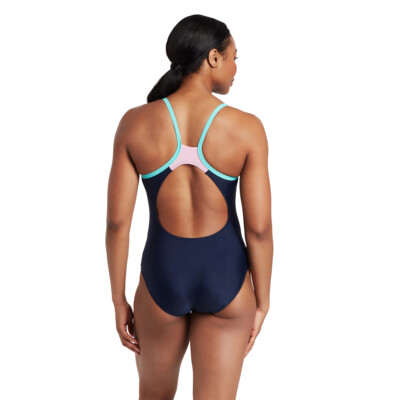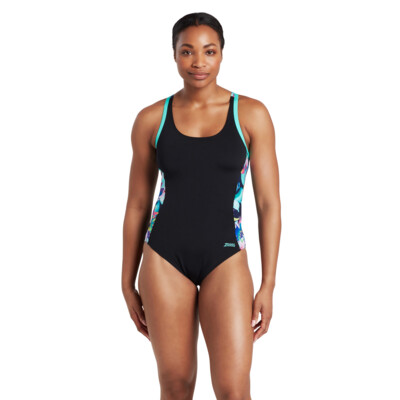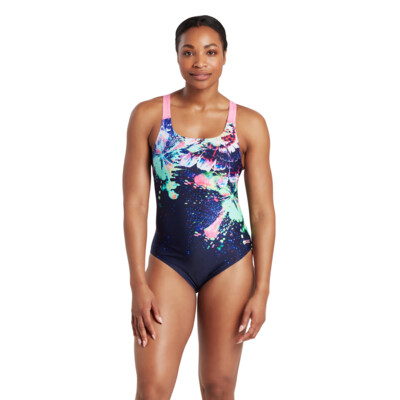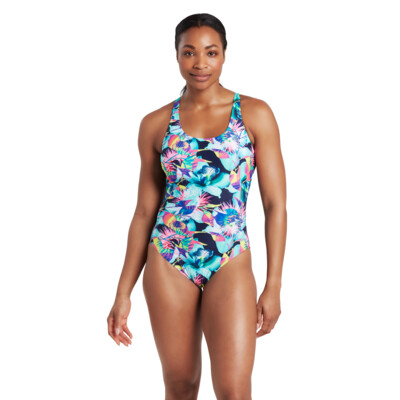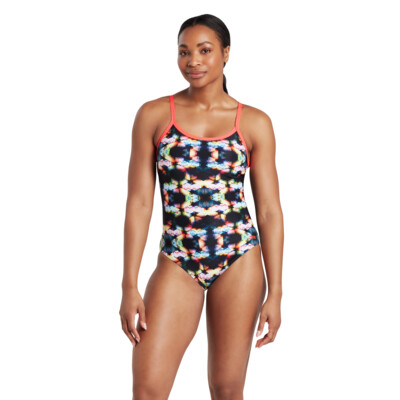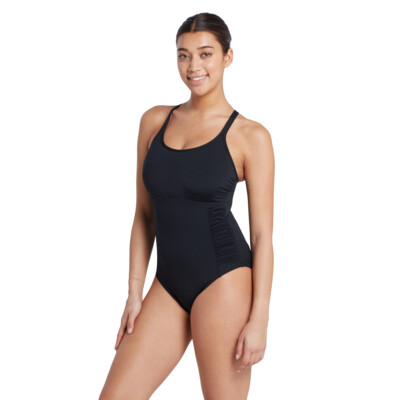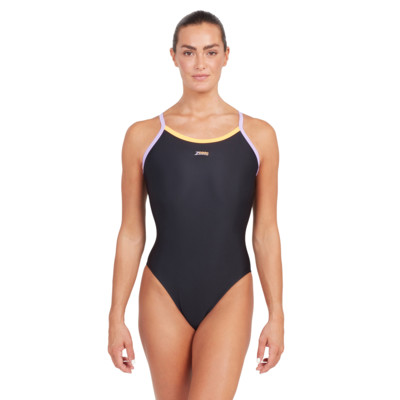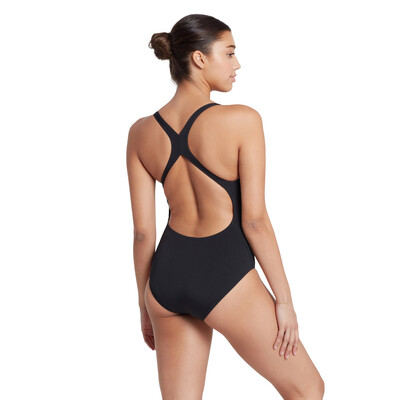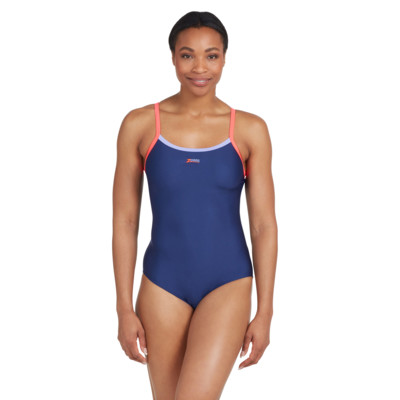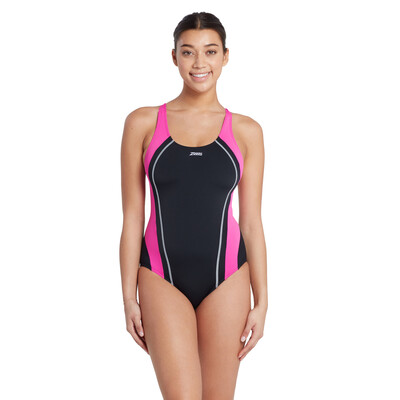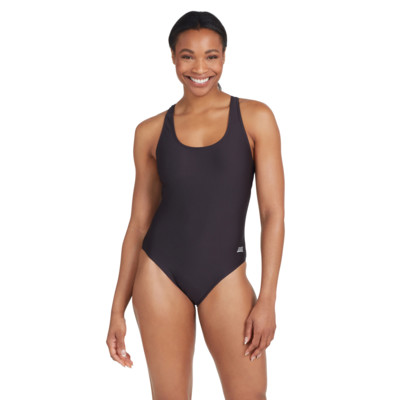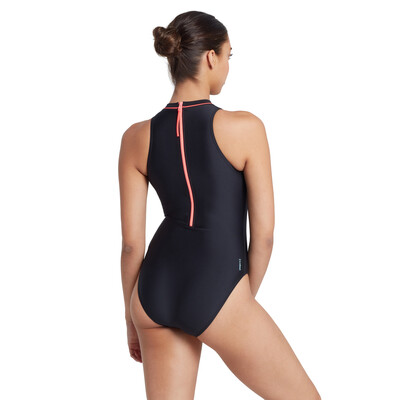
Pro Swimming UK
Is it time to head back to the pool?


It’s certainly beginning to look that way. This will be seen as a great relief to many. It incorporates so many who make use of the swimming pool. There are recreational swimmers who use the non impact sport as their exercise routine, the individuals taking part in lessons, the club swimmers, the swimmers training for distance events, the individuals who use swimming as part of a recovery recommended by physios, the cold water swimmers, the water polo players, free divers and all the ones I can’t think of.
Why are swimming lessons important?
The main three reasons are:
- The water safety aspect of it, which is paramount.
- To enable the transition from a beginner to a competent swimmer, whatever the age.
- Then there are those who may already be able to swim but wish to improve further which could be used for potentially taking part in a triathlon one day.
There are 2 principles that may help. One is to start and two is to continue.
The lessons themselves will teach you to swim and encapsulate the water safety aspect in the process. There are many options in which you can partake in swimming lessons, you have group lessons in which you could sign up for a term, these could be either 30-60 mins once a week for around 12 weeks. The individual version of this in which you receive 1-2-1 tuition of the referenced time frame which may lead to swifter progress or the block or one off versions of either of these.


What can you expect to learn? It depends really on where you are in the process, if you're a complete beginner you can expect to learn a lot. This will encompass all sorts of things from how to blow out into the water, why head position position is important, that less is more with respect to kicking in front crawl, how to use your arms correctly, how to breathe and how to bring it all together.
Swimming is essentially movement in the water and the more movement you engage in and practise the more competent you become. Deconstructing aspects of the stroke to the simplest of movements is helpful in improving an area. If, for example you can swim, but you find that your breathing needs a little attention, then it may mean practising blowing out into the water and breathing in while standing still.
Take swimming out of the equation and keep it simple, you can practice this exercise while walking up and down in the pool before going back to swimming with breathing. There may be other areas to consider such as, are you emptying all of the air in your lungs before you breath in? There can be an instinct to want to breath in immediately upon your face exiting the water. However sometimes just a small adjustment to exhale fully before breathing in can make a difference.
Incidentally the “in breath” in swimming is via the mouth only, i know this is contrary to what many Yogis are taught with breathing however this is what is best for swimming.
Getting ready
There are two aspects of this - checking in with your pool/swimming lesson provider to understand what the new procedures will be and getting your stuff ready. When I say stuff I mean your kit, If you are anything like me this involves a minimal amount of equipment :Bag, towel, goggles, togs and a swim cap.
I know that not everyone uses goggles as they may enjoy swimming head up breaststroke. However for front crawl it’s almost a necessity. In five years of swimming and teaching swimming I've always used or recommended Zoggs Predator Flex. The clear lens version is best for pool swimming. In my opinion, it provides a sense of comfort to be able to see clearly throughout the pool. Darkened or mirrored lenses are great for outdoor swimming.
For swim shorts/swimsuit i recommend either briefs or fairly tight fitting swim shorts. The use of baggy shorts makes it more difficult because of the drag they produce.
I have never worn a swimsuit, I’m sure you're glad to hear that! My partner, Ellen, assures me that your best bet is to wear something that is comfortable for you as you will be moving about a lot.
Why wear a swim cap? It protects the hair from pool chemicals ,hygiene purposes, keeps you warmer and the straps of the goggles grip the material of the cap better than that on wet hair. So when you’re swimming or pushing off the wall the straps are less likely to move allowing water in.
The running of things differs from centre to centre. The changes from the location where I teach are as follows. The pool is divided into 3 lanes. Your name and contact details need to be given to the centre prior to your lesson, you should not arrive more than five minutes before your lane booking. Everyone must follow social distancing guidance at all times. You should wear a mask or face covering on the entrance stairs, in the corridors and changing room areas.
Please shower prior to the lesson and arrive “beach ready” with your costume on. When you arrive please use the automatic sanitizer points on arrival and finally please enter and exit the pool via the shallow end steps and then exit the building via the one way system.
Thank you for taking the time to read this, I hope it was helpful.


About the Author
Steven is an adult swimming teacher for beginners/early improvers based in London.
IG @proswimminguk













